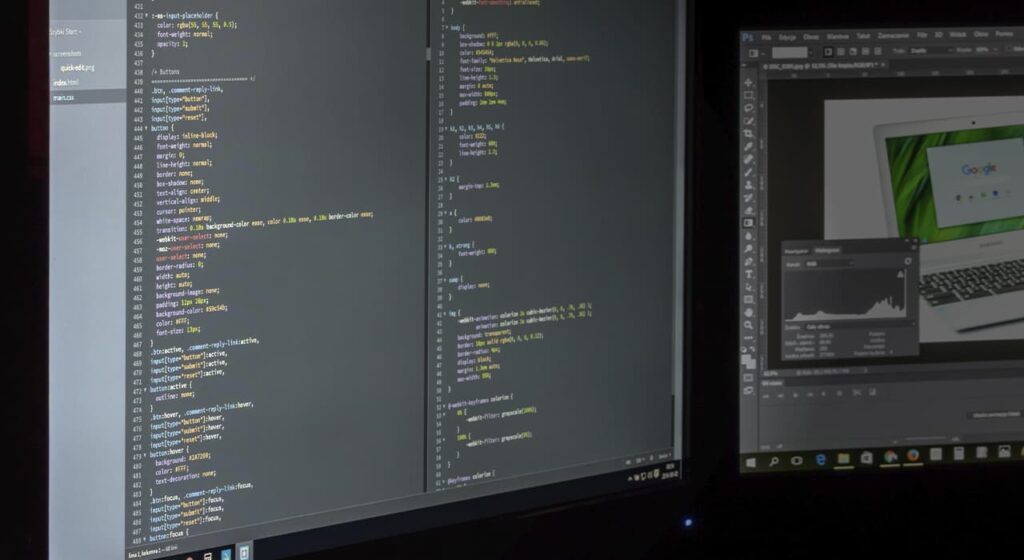JavaScript (“JS” for short) is a complete dynamic programming language that applies to an HTML document and can provide dynamic interactivity in web sites. It was developed by Brendan Eich, co-founder of the Mozilla Project, Mozilla Foundation, and Mozilla Corporation.
JavaScript is incredibly versatile and beginner friendly. With a lot of experience, you can create games, animated 2D and 3D graphics, full scale database applications, and much more!
JavaScript itself is quite compact, but very flexible. Developers have written a large number of tools on top of the basic JavaScript language that unlock a huge number of additional features with very little effort.
The basics of any programming language are data types, variables, operators, loops, and functions. Knowledge in these areas will be enough to learn how to write code in JavaScript.
At the same time, or sooner, you need to learn the basics of HTML and CSS – the markup language and cascading style sheets used to create static web pages. More often than not, JavaScript is used to manipulate the elements of web pages. Without knowledge of their structure will be difficult to move from theory to practice.
Beginners are advised to read:
- JavaScript for Beginners, a free online course on Coursera.
- A basic course in JavaScript from MDN Web Docks, the largest resource dedicated to web development.
- The basics of the language with TutorialsPoint is a great way to improve your English profile at the same time.
- “Programming in JavaScript” is a book by Eric Freeman and Elizabeth Robson, suitable for those who have not yet dealt with programming.
